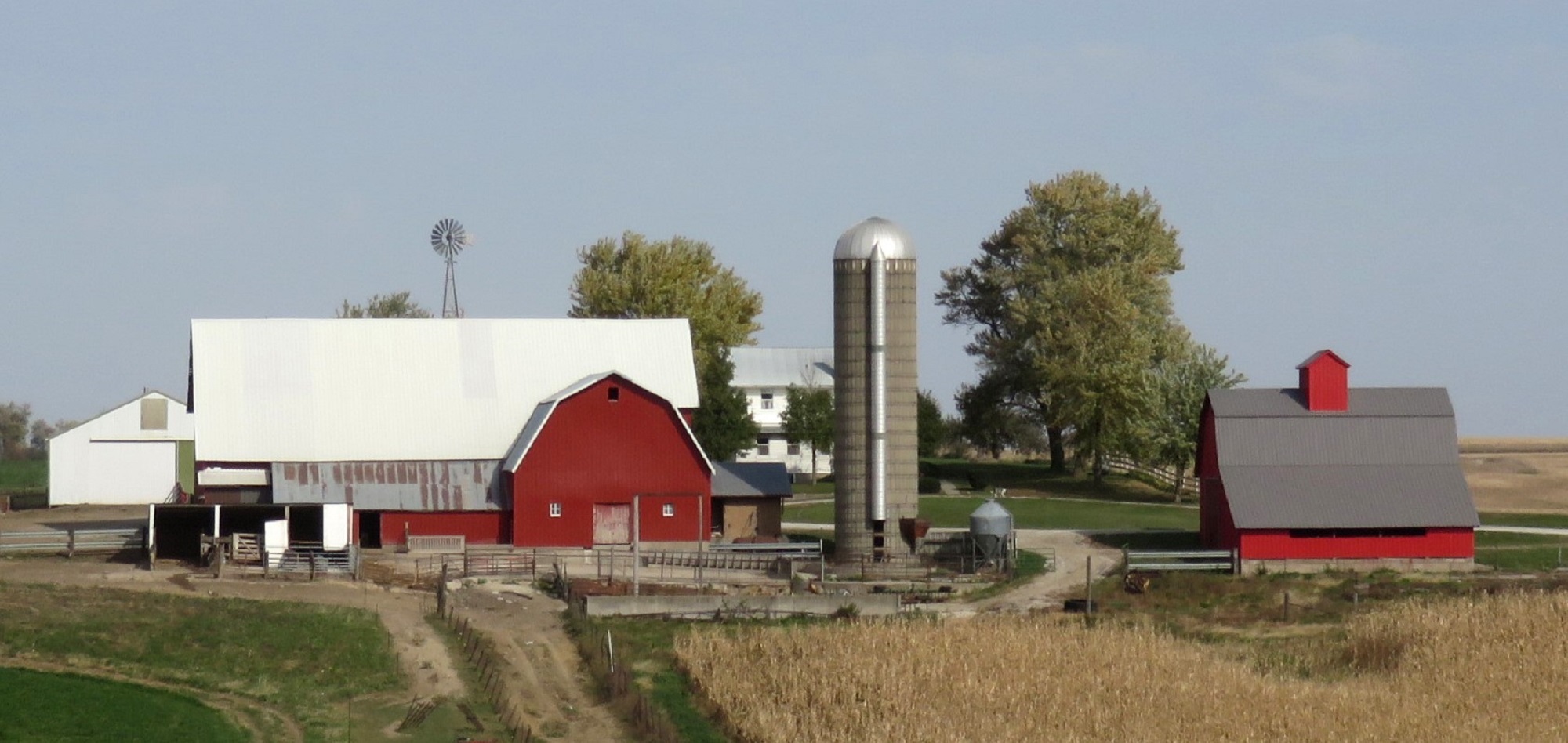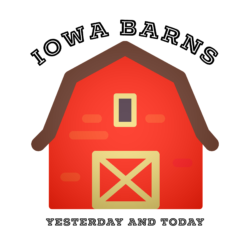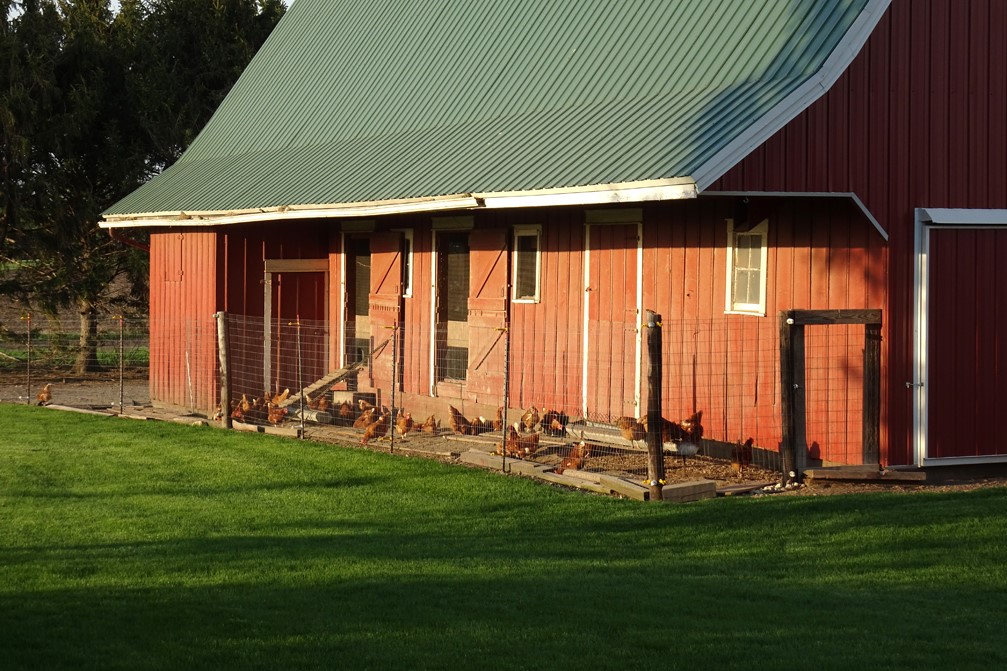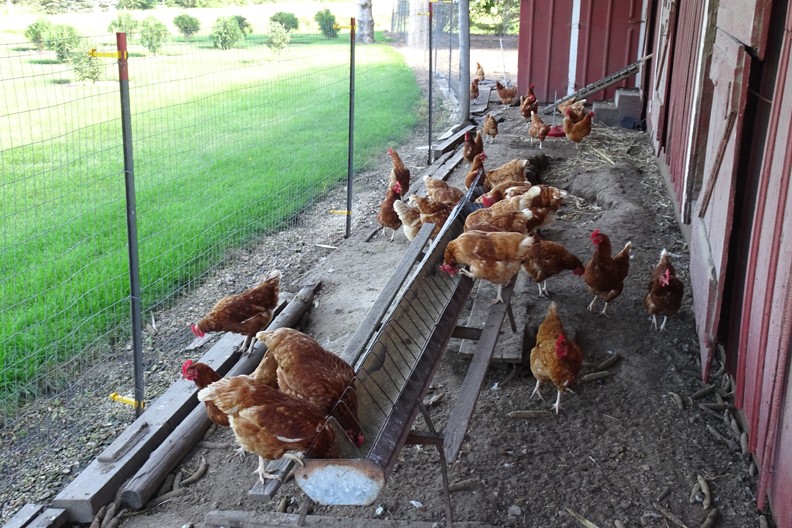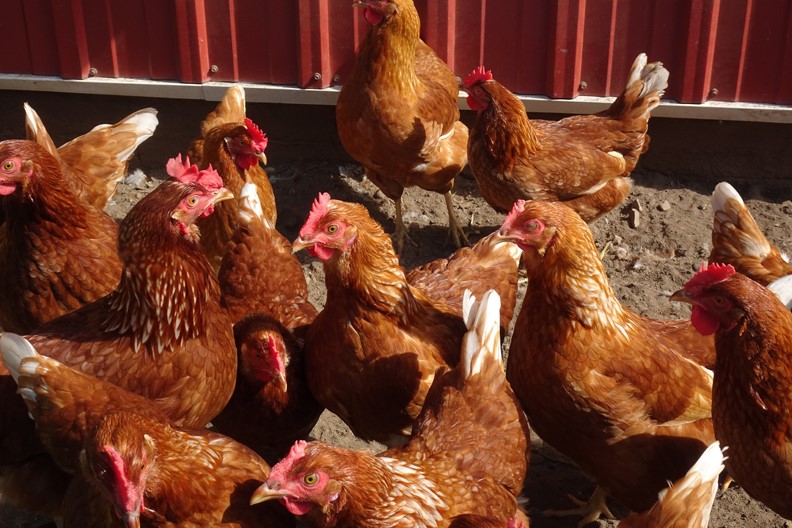Horses were power in pioneer Iowa. They kept the family farm going and the family in business. Many farmers had spares in case of need and horse-trading stories were common. The 1850 Iowa census listed over 38,000 horses, most being in the eastern and southern counties. By 1860 they numbered 175,000. In the early 1900s the number exceeded 1.5 million. Horses with enough strength to break the prairie sod, haul away logs for cabin-building, and move huge boulders resulted in importing and breeding draft horses for farm use.
Below is an ad for a Riverside Farm sale in Cass County, printed in the February 22, 1911 Breeder’s Gazette. Peter Hopley made numerous trips to Europe to buy draft horses, and the winners in international competitions were brought to America to be sold, most in foal (pregnant). Imagine the amount of feed and hay it would take for a long ocean voyage, followed by a long journey by train to Iowa. See Iowa Barns yesterday and today, page 33, for the Hopley barns and story.

William Fields and his brother in Cedar Falls, Black Hawk County, also were renowned horsemen, but their late 1880s ad was for coach horses, not just “ordinary” workhorses. See page 35 of Iowa Barns yesterday and today. A coach was classified as a four-wheeled passenger-carrying vehicle drawn by two or more horses.

Many pioneers would not have been able to buy these expensive horses, but there were many local sales where farmers could buy horses at reasonable prices. Draft horses are still bought and sold today. Check out the fall Waverly Midwest Horse Sale, October 5-7, 2022, in Waverly, Iowa. The list can be seen online.
